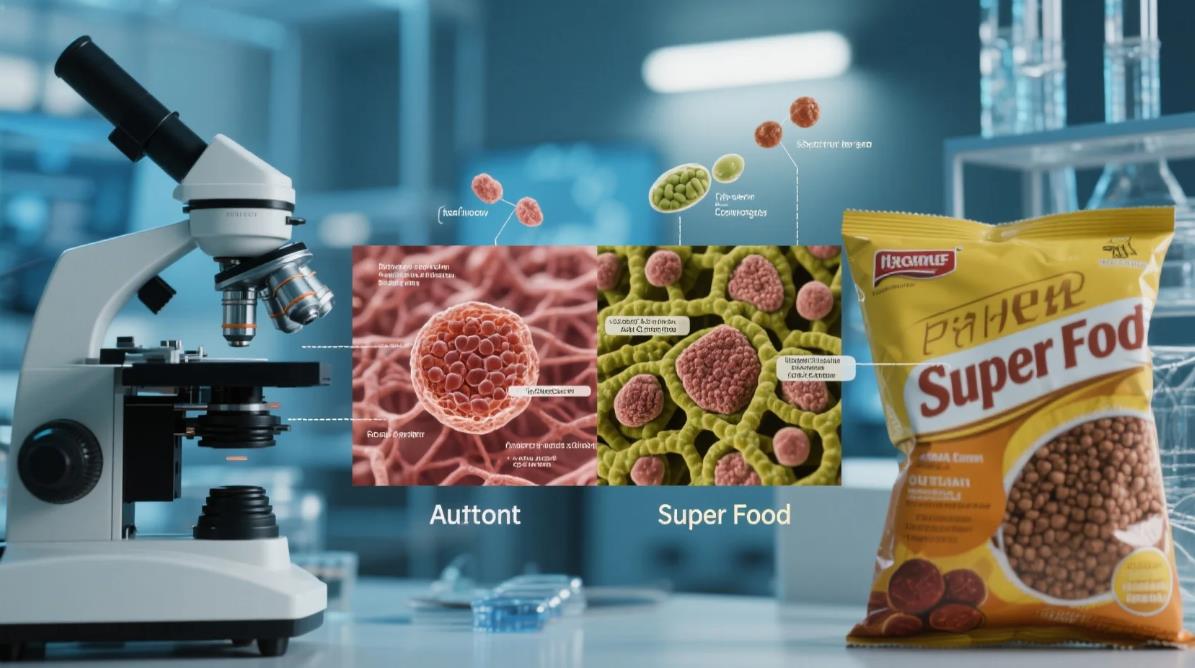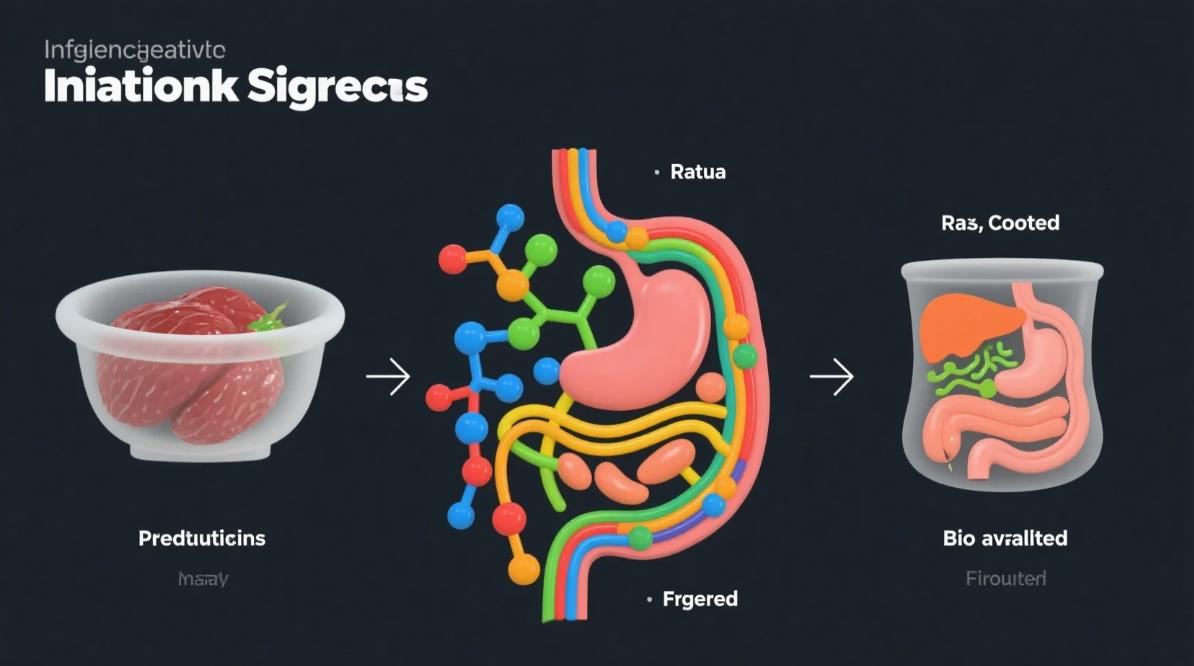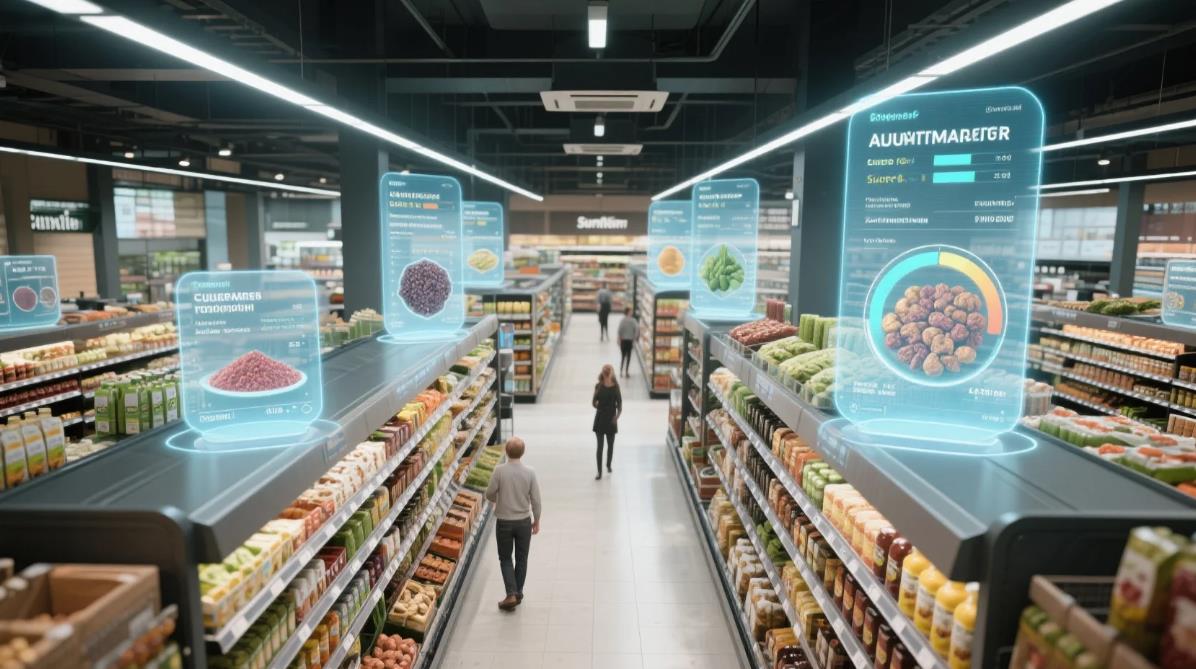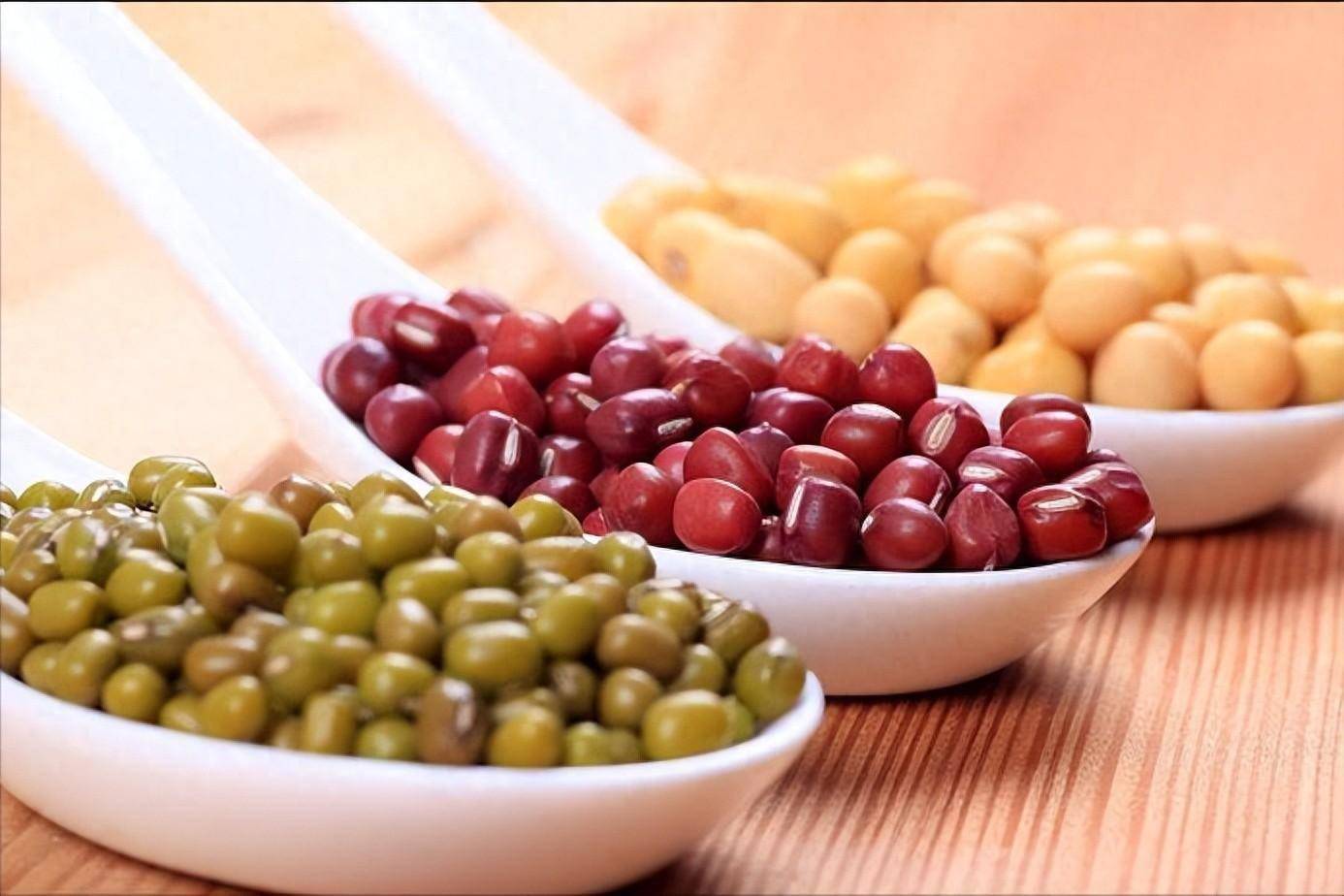The modern health food industry thrives on superlatives, with new "miracle" ingredients emerging constantly to promise revolutionary benefits. Behind the marketing glitz lies a more nuanced scientific reality where some foods genuinely deliver exceptional nutritional value while others fail to justify their exalted status. Recent advances in food science and metabolomics now allow researchers to separate fact from fiction by analyzing how these substances actually interact with human biology at the molecular level. The truth about superfoods proves more complex than Instagram influencers suggest, with bioavailability, synergistic nutrient combinations, and individual biochemistry playing decisive roles in whether these foods live up to their claims.
Scientific scrutiny reveals fascinating disparities between hype and reality for popular superfood candidates. Matcha green tea, for instance, contains up to 137 times more antioxidants than standard green tea varieties, with the unique L-theanine content providing clinically verified cognitive benefits. Conversely, many acai berry products lose most of their anthocyanins during processing, diminishing their purported benefits. The cruciferous vegetable family demonstrates how preparation methods affect nutritional value—raw broccoli sprouts contain 10-100 times more sulforaphane precursors than mature heads, but excessive cooking destroys the myrosinase enzyme needed to activate this cancer-fighting compound. Even within a single food category, variations matter enormously—a University of California study found antioxidant levels in commercial kale samples varied by 300% depending on growing conditions and freshness.

The absorption challenge represents perhaps the most overlooked aspect of superfood science. Turmeric's curcumin provides a classic case—while possessing potent anti-inflammatory properties in vitro, its poor bioavailability in humans means most commercial supplements pass through the body unabsorbed. Innovative solutions like piperine from black pepper or lipid encapsulation can increase absorption by 2,000%, highlighting how delivery systems matter as much as the nutrients themselves. Similarly, the much-touted omega-3s in chia seeds require conversion to active EPA/DHA forms that many people's biochemistry handles inefficiently. These nuances explain why some research studies fail to replicate the spectacular results suggested by isolated lab experiments.

Emerging superfood candidates are being evaluated with more scientific rigor than ever before. Australian researchers identified a little-known berry called Davidson's plum with antioxidant capacity 13 times higher than blueberries. Marine phytoplankton is gaining attention for its unique combination of bioavailable minerals and fatty acids. Even common foods are being reevaluated—scientists at the Weizmann Institute discovered that personalized responses to simple foods like tomatoes and bananas vary so dramatically that universal "superfood" classifications may be fundamentally flawed. This aligns with the growing understanding that a food's value depends enormously on an individual's gut microbiome, genetic predispositions, and overall dietary patterns.
The future of superfood research lies in moving beyond blanket claims to precision nutrition applications. Advanced algorithms now analyze how different food compounds interact with specific genetic variants. Food chemists are developing enhanced versions of traditional superfoods through controlled sprouting and fermentation techniques that boost nutrient density. Perhaps most importantly, nutrition scientists are emphasizing that no single food—no matter how nutrient-packed—can compensate for an otherwise poor diet. The real superfood strategy involves combining scientifically validated ingredients in ways that complement individual biology while meeting broader nutritional needs, a approach far more sophisticated than simply adding goji berries to sugary smoothies and calling it healthy.






